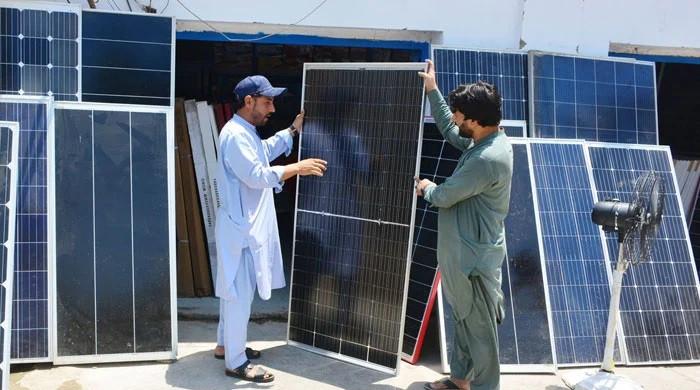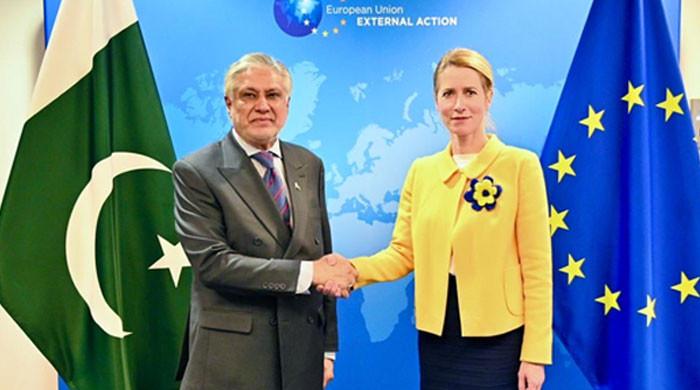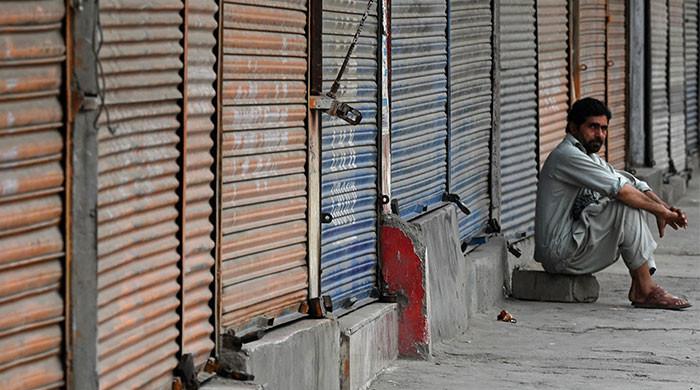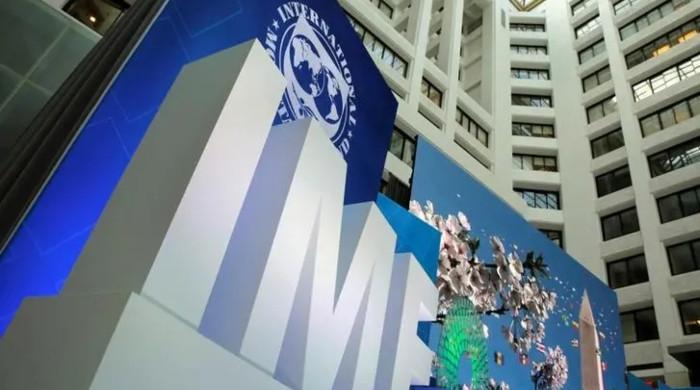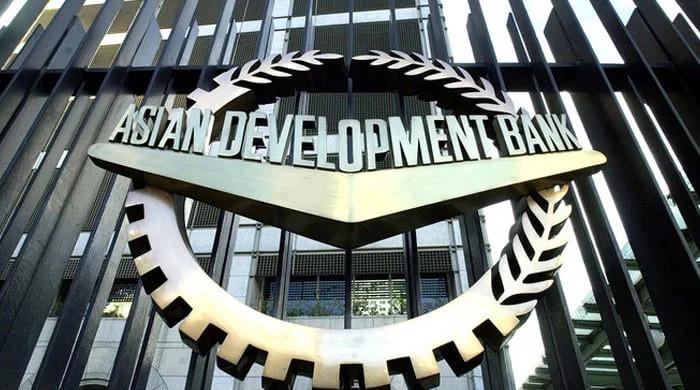Nuclear neighbours, economic fallout: The economic cost of the Pakistan-India war
South Asia finds itself once again on the edge — not just of conflict, but of an economic fallout with global reverberations
May 07, 2025
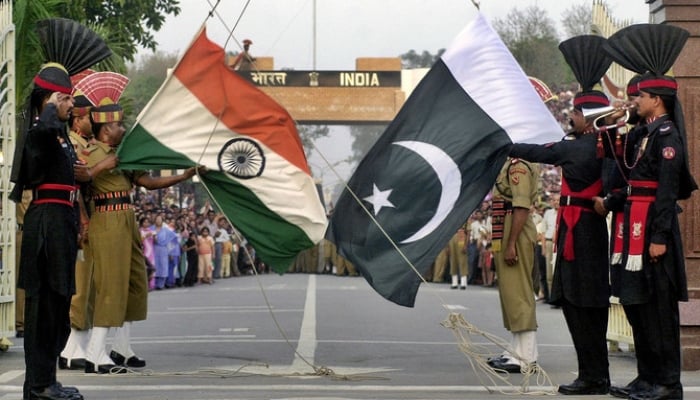
A dangerous and fast-escalating game of economic brinkmanship is gripping South Asia, as nuclear-armed neighbours India and Pakistan may lurch towards a prolonged standoff with potentially far-reaching consequences.
What began as a diplomatic rift in the wake of the tragic Pahalgam attack has rapidly spiralled into a high-stakes confrontation, marked by retaliatory airspace closures, the threat of a water blockade, and growing disruption to cross-border trade and supply chains.
India’s threat to suspend Pakistan’s access to shared water resources — a move that challenges the sanctity of the Indus Waters Treaty — has stoked fears of an unprecedented environmental and agricultural crisis downstream. Meanwhile, the closure of airspace by both nations has rerouted major commercial aviation corridors, raising costs, delaying cargo, and threatening a domino effect across the region’s logistics and travel sectors.
As both countries harden their positions, experts warn that the economic cost is already mounting, with critical sectors such as aviation, trade, agriculture, and foreign investment taking the first hits.
The situation is compounded by the fragility of investor sentiment, as financial markets in both countries react with anxiety to the spectre of prolonged instability. With the world watching closely and calls for de-escalation growing louder, South Asia finds itself once again on the edge, not just of conflict, but of an economic fallout with global reverberations.
Aviation takes a direct hit
The closure of Pakistani airspace to Indian airlines on April 24 has already translated into staggering losses for Indian carriers.
“The closure of Pakistani airspace to Indian airlines since April 24, 2025, has caused immediate economic losses estimated at around $800 million annually for Indian carriers,” said Dr Khaqan Najeeb, former adviser to the Ministry of Finance.
Flights have been rerouted over the Arabian Sea or forced to make refuelling stops in Europe, increasing journey times by two to 4.5 hours. This has raised fuel and crew costs, reduced cargo capacity, and triggered a spike in fares for Indian passengers — outcomes that could dent demand and hit India’s travel and tourism sector hard.
“The closure also benefits non-Indian carriers, potentially shifting market share away from Indian airlines,” Dr Najeeb added.
For Pakistan, however, the economic losses are minimal. “With only small losses in civil aviation fees and limited flights to the east, PIA is expected to face minimal impact,” he noted.
“Thus, Pakistan’s airspace closure imposes significant economic costs on Indian airlines through higher expenses, disrupted routes, and competitive disadvantages, while Pakistan faces negligible losses.”
The ripple effects of suspended routes have been felt across air cargo transport as well, disrupting supply chains and increasing freight costs for regional businesses.
While Pakistani airspace has since reopened, some experts caution this could only be a reprieve. “Closure of airspace does have a financial impact… but airspace has been opened now. And it indicates that any closure, even in future, will be of short duration,” observed Muhammad Faisal, South Asia security researcher at the University of Technology Sydney.
Trade blockades strain regional commerce
The bilateral trade relationship between India and Pakistan had already been minimal, but the closure of land borders and air routes is compounding logistical challenges. “India's exports to Pakistan are estimated at approximately $1.2 billion on an annual basis, consisting mainly of pharmaceutical, organic chemicals… the suspension of trade will halt these exports, resulting in an immediate revenue loss for Indian exporters,” Dr Najeeb noted.
By contrast, Pakistan’s exports to India are negligible — just $0.42 million annually — softening the blow for Islamabad. “Products imported by Pakistan from India are not unique… these products can be sourced relatively quickly from other countries,” he added.
However, the disruption extends beyond bilateral flows. India’s trade with Afghanistan — including agricultural imports worth $640 million — depends largely on land routes passing through Pakistan. The recent closure has frozen this corridor, affecting Indian markets reliant on Afghan produce and halting Indian exports to Afghanistan valued at over $300 million.
“Tensions are causing substantial disruptions to trade routes and having a negative impact on businesses in the region,” Dr Najeeb warned. “This instability slows economic growth, limits job creation, and hampers development, affecting not only both countries but also their neighbours.”
“Though no immediate impact of tensions is anticipated on the credit ratings of both countries, de-escalation can limit lasting negative effects on sovereign creditworthiness.”
Economist Ammar Habib downplayed the near-term trade impact, pointing out that Pakistan has not been trading directly with India on any sizeable scale for more than five years now, so the impact would be negligible.” He added: “Air corridors typically reopen once aerial strikes subside.”
Water: The next flashpoint?
India’s veiled threat to unilaterally suspend Pakistan’s access to its share of river waters under the Indus Waters Treaty (IWT) has sparked alarm in Islamabad and beyond. “International law and established norms protect the rights of lower riparian countries… the treaty explicitly forbids unilateral actions that would harm the other party’s water rights,” Dr Najeeb stressed. He called any such move a “violation of Pakistan’s legitimate rights as the lower riparian state.”
Faisal said that the water threat posed a more serious medium-to-long-term risk. “On economic impact of water threat… impact will be limited [in the] near-term, but over medium-to-long run it will have significant economic impact, and Pakistan needs to prepare now for dealing with such eventuality.”
Financial markets react — but rating agencies hold steady
The escalating situation has also rattled financial markets. “Across the board, all sectors saw a decline,” shared Sana Tawfiq, Head of Research at Arif Habib Limited. “In leasing sector, it was 7.3%; in refineries, 7.1%; in engineering, 6.4%; in technology, 5.9%.” However, she noted that global investors have not shown significant panic — neither Eurobond yields nor credit ratings have reacted dramatically. “In leasing sector, it was 7.3%; in refineries, 7.1%; in engineering, 6.4%; in technology, 5.9%." However, she noted that global investors have not shown significant panic — neither Eurobond yields nor credit ratings have reacted dramatically.
“Despite the heightened geopolitical risks, the rating Moody’s gave Pakistan remained B3… so that, in a way, was a positive thing,” she added. Referring to the International Monetary Fund’s (IMF) continued support to Ukraine during wartime, she pointed out: “The tranche will also hopefully be released as Pakistan has secured the IMF executive board's nod recently. So that concern stands addressed too, for those saying it won’t happen.”
Backchannels, diplomacy, and strategic realignments
Despite the charged atmosphere, there are efforts underway to defuse tensions through diplomacy. “Pakistani authorities have confirmed that National Security Advisors and Directors General of Military Operations have made contact,” said Dr Najeeb, highlighting that backchannel negotiations and economic diplomacy remain critical.
“Pakistan has actively engaged diplomatically, especially at the United Nations… and called for an international investigation [into the Pahalgam attack],” the economist emphasised.
“It is most important to realise that our authorities have acted with restraint, maturity, and measured self-defence.”
“Backchannel negotiations and economic diplomacy remain vital tools for de-escalation, managing crises, and laying the groundwork for eventual dialogue.
“International mediation and coordinated pressure from key stakeholders can create space for these discreet engagements, especially persuading Indian authorities, who have launched air and drone strikes on Pakistan under a presumptuous pretext, without a shred of evidence linking it to the tragic incident,” Dr Najeeb added.
Faisal noted that international mediation is unlikely, though “international community is most likely to continue to call on both sides to de-escalate and urge direct talks.” He also tied the escalation to broader strategic shifts: “It is demonstration of widening gap of national power between India and Pakistan… New Delhi feels emboldened to expand its regional influence.”
“Pakistan, despite facing economic challenges, has the military potential to maintain strategic equilibrium with India.”
Veteran journalist and political analyst Mazhar Abbas cautioned against complacency. “War is expensive, war is dangerous, particularly between the two nuclear states… The next few days are important for both.” He added: “The world needs to play a role before it's too late.”
In the midst of rising tensions, Pakistan is pushing ahead with efforts to attract foreign investment. Khurram Schehzad, adviser to the finance minister, said: “Despite the conflict, we are continuing with the visit [to London] and meeting all the investors, officials, pitching Pakistan well… we have been getting solid feedback and interest to invest in Pakistan.”
The road ahead
Amid spiralling rhetoric and disrupted corridors, Pakistan’s economic managers are prioritising stability. “Government will be focusing on national security first,” Habib stated bluntly. Meanwhile, Faisal underlined the importance of staying the course with the IMF programme: “Disbursal of IMF tranche to Pakistan will indicate to global markets that Pakistan is focused on economic stability despite tensions with India.”
As the world watches closely, the question remains whether economic rationality and diplomatic backchannels can prevail over populist politics and military posturing. For now, the costs — in lost commerce, disrupted connectivity, and regional anxiety— continue to climb.


